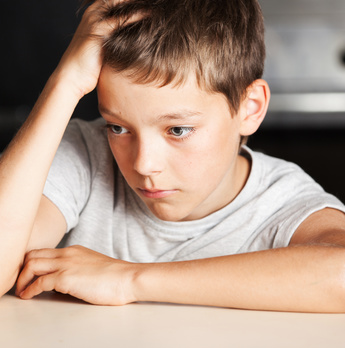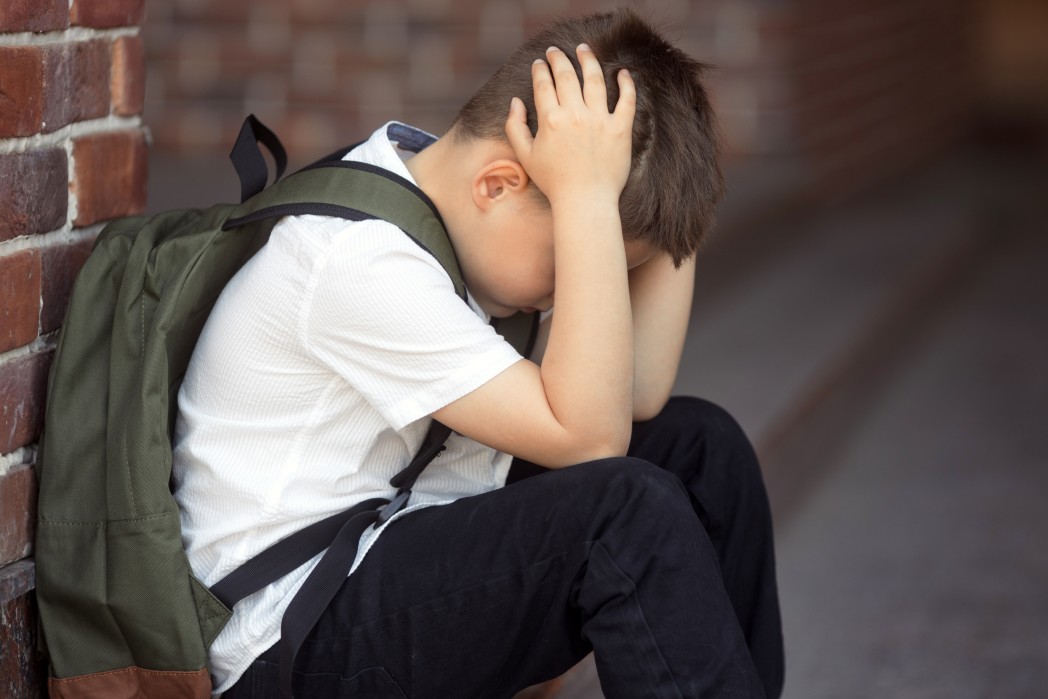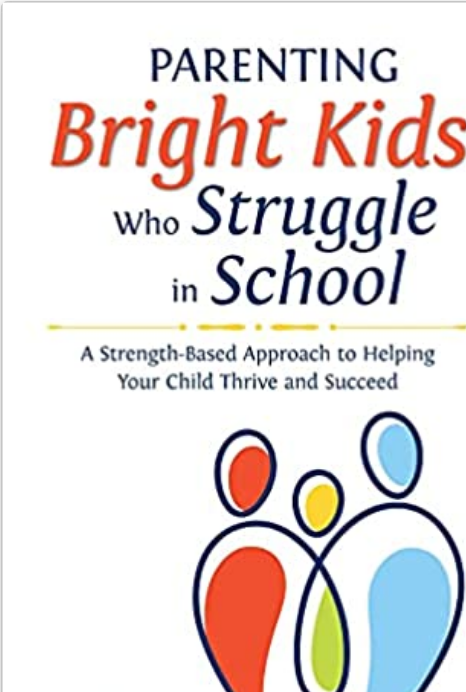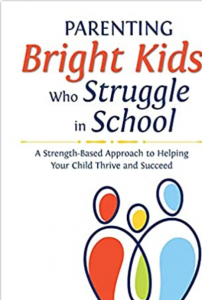School Avoidance: My Tween Won’t Go to School
 Fear of going to school was first called “school phobia” in 1941 (Johnson et al.,1941). Today it is known as school refusal or school avoidance, defined as: when a child does not fully attend school and has no reasonable or justifiable circumstances for the absence. Read more ›
Fear of going to school was first called “school phobia” in 1941 (Johnson et al.,1941). Today it is known as school refusal or school avoidance, defined as: when a child does not fully attend school and has no reasonable or justifiable circumstances for the absence. Read more ›


 The transition back to school each fall is challenging for many families. But some children and teens feel so much emotional distress that they may repeatedly balk at attending school or staying there — a problem known as school refusal, or school avoidance if it occurs consistently.
The transition back to school each fall is challenging for many families. But some children and teens feel so much emotional distress that they may repeatedly balk at attending school or staying there — a problem known as school refusal, or school avoidance if it occurs consistently. 


 School avoidance – sometimes called school refusal or school phobia – is not uncommon and occurs in as many as 5% of children. These children may outright refuse to attend school or create reasons why they should not go.
School avoidance – sometimes called school refusal or school phobia – is not uncommon and occurs in as many as 5% of children. These children may outright refuse to attend school or create reasons why they should not go. 


 Social-emotional health is fundamental to life and learning: in fact, research shows that it is a greater predictor of academic success than IQ. As our kids head back to school, we are mindful of what they have been through in the past few years and the youth mental health crisis in our midst.
Social-emotional health is fundamental to life and learning: in fact, research shows that it is a greater predictor of academic success than IQ. As our kids head back to school, we are mindful of what they have been through in the past few years and the youth mental health crisis in our midst. 
 Social-emotional learning is about cultivating a deeper care for the self in the present moment. That is something we all can do, and that is something that we should all do.
Social-emotional learning is about cultivating a deeper care for the self in the present moment. That is something we all can do, and that is something that we should all do.
 My 9-year-old’s previous school tried to teach him skills such as self-regulation and empathy, but in practice the whole thing felt like just another item on his busy teacher’s daily checklist. But when my son switched schools last year, I saw how effective SEL can be.
My 9-year-old’s previous school tried to teach him skills such as self-regulation and empathy, but in practice the whole thing felt like just another item on his busy teacher’s daily checklist. But when my son switched schools last year, I saw how effective SEL can be. 
 Children vary in their development of speech and language skills. However, they follow a natural progression or timetable for mastering the skills of language. A checklist of milestones for the normal development of speech and language skills in children from birth to 6 years of age is included below.
Children vary in their development of speech and language skills. However, they follow a natural progression or timetable for mastering the skills of language. A checklist of milestones for the normal development of speech and language skills in children from birth to 6 years of age is included below. 
 California kids experienced the second-largest increase in depression and anxiety among U.S. states from 2016 to 2020 when the COVID-19 pandemic ushered in lockdown orders and school closures, a national child welfare advocacy group reported.
California kids experienced the second-largest increase in depression and anxiety among U.S. states from 2016 to 2020 when the COVID-19 pandemic ushered in lockdown orders and school closures, a national child welfare advocacy group reported. 

